PVC Pipes: Optimizing Lifespan and Performance
- Category: Articles
PVC pipes are recognized as one of the most commonly used materials in construction and installation projects due to their outstanding physical and chemical properties, including corrosion resistance, light weight, and easy installation. However, the optimal performance and long lifespan of these pipes largely depend on how they are maintained and cared for. This article provides a thorough scientific examination of effective strategies for extending the lifespan of PVC pipes, offering valuable information for contractors, engineers, and end users.
The Importance of Proper Maintenance of PVC Pipes
The lifespan of PVC pipes depends on several factors, including the initial quality of the product, installation practices, and environmental conditions. Proper maintenance of these pipes can:
- Reduce repair and replacement costs: Following maintenance guidelines can help prevent premature failure and the high costs of replacement.
- Increase the efficiency of piping systems: The performance of pipes in water, sewage, or ventilation systems is directly related to their maintenance.
- Ensure safety and hygiene: Preventing leaks or bursts can safeguard system integrity and maintain environmental hygiene.
Practical Solutions for Extending the Lifespan of PVC Pipes
1.Choosing the Right Installation Location
The installation site of PVC pipes should be selected to minimize the impact of unfavorable environmental conditions. The following considerations must be kept in mind:
- Protection from direct sunlight: Ultraviolet (UV) rays can gradually degrade the molecular structure of PVC pipes. In outdoor installations, UV-resistant coatings or thermal insulation are essential.
- Environments with extreme temperature fluctuations: PVC pipes may become brittle in very low temperatures, and in extremely high temperatures, they lose their mechanical properties. Installation in a balanced environmental temperature or the use of temperature-resistant pipes is recommended.
2.Avoiding Excessive Pressure
Excessive internal or external pressure can lead to cracking or structural damage to pipes:
- Internal pressure: When designing fluid transfer systems, the maximum working pressure of the pipes should align with the manufacturer’s standards. Flows with higher than capacity rates can increase internal pressure.
- External pressure: Pipes exposed to high traffic areas or heavy loads should be protected with covers or buried to a suitable depth.
3.Protection Against Chemicals
Although PVC pipes are generally resistant to chemicals, prolonged exposure to strong acids or alkalis can weaken them. Therefore:
- In industrial environments where pipes are exposed to chemicals, use pipes with protective coatings.
- After potential contact with corrosive materials, pipes should be washed with water.
4.Regular Cleaning and Inspection
Internal deposits and blockages can lead to increased internal pressure and consequently reduce the lifespan of pipes. The following actions are recommended:
- Regular inspections: All parts of the piping system should be periodically checked for leaks, cracks, or other damage.
- Cleaning: Use specialized equipment to remove blockages and prevent the accumulation of deposits, thus improving pipe performance.
5.Standard and Professional Installation
PVC pipes must be installed according to the manufacturer's technical guidelines and national standards. Key considerations include:
- Use quality, appropriate fittings for the type of pipe.
- Avoid excessive bending or stretching of pipes during installation.
- Choose the appropriate pipe size based on system requirements.
Transport and Storage Guidelines
- Transport: PVC pipes should be carefully handled to avoid bending or cracking. The use of suitable transport vehicles and mechanical support is recommended.
- Storage Location: Pipes should be stored in a dry, cool place, away from direct sunlight.
- Positioning: Store pipes horizontally on flat surfaces to prevent deformation or warping.
- Access: Position pipes so they can be accessed without unnecessary pulling or force.
Product Introduction: PVC Pipes and Fittings
High-quality PVC pipes and fittings, adhering to international standards, are a reliable choice for all construction and installation projects. For more details and to select the best option for your needs, please visit our product page. Using high-quality products is a crucial step in extending the lifespan of your piping system.
Conclusion
Due to their excellent properties, PVC pipes are an ideal choice for a wide range of applications. However, adhering to proper maintenance practices, standard installation guidelines, and considering environmental conditions can significantly extend the lifespan and performance of these pipes. For more information on products and technical tips, please visit our product page and benefit from the advantages of PVC pipes.
No Comments



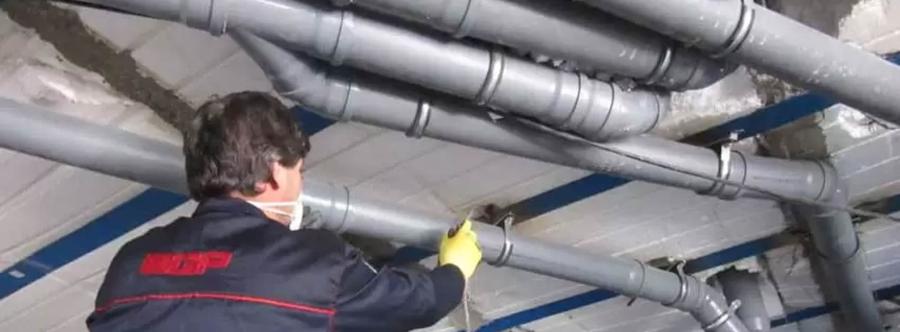
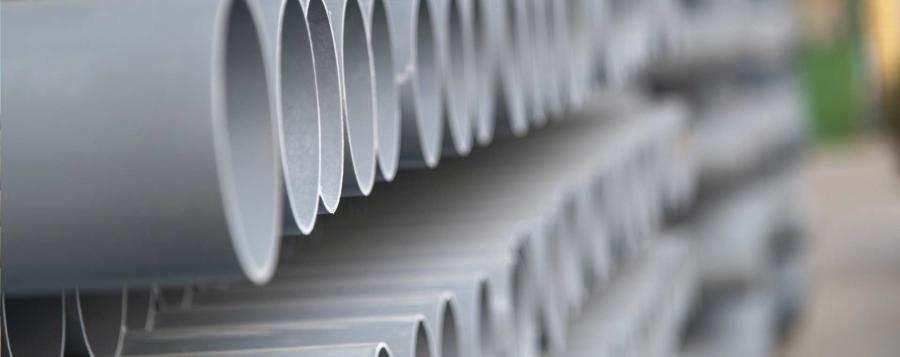
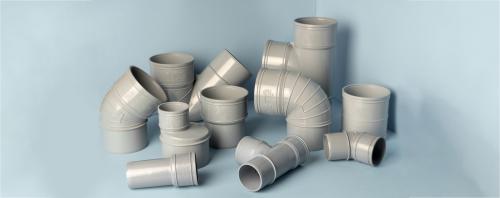
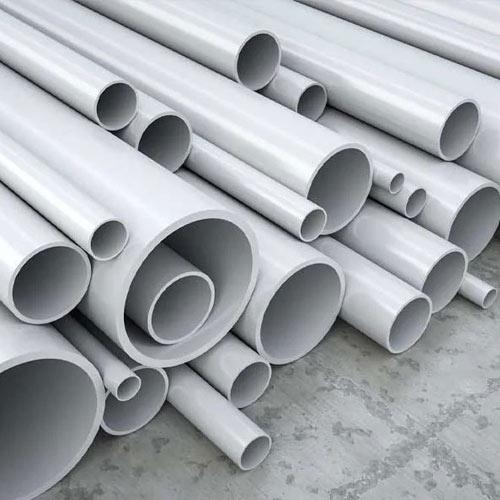
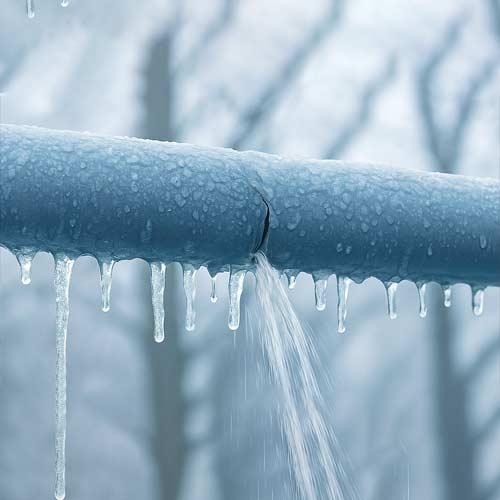
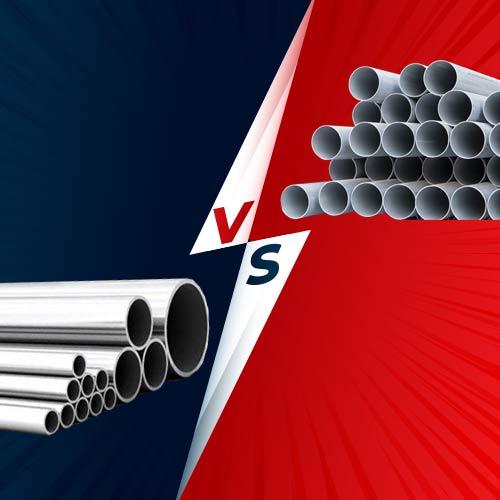
Enter your comment and rate for this product...